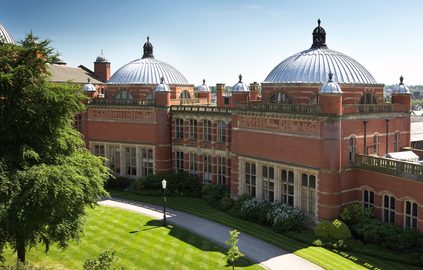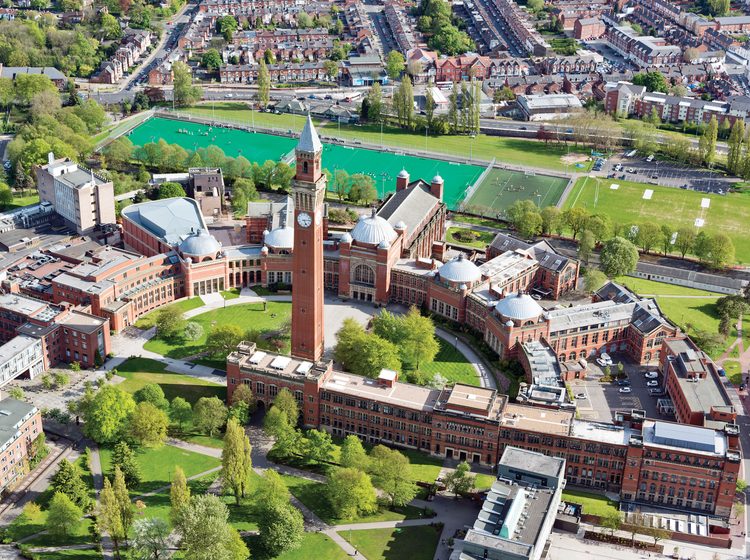The UK has one of the most highly regarded university systems in the world. Higher education in Britain has a long history, which has helped to make it such a success. However, this incredible past can also make some aspects of UK higher education seem complicated.
For example, if you’ve ever looked into studying at a university in the UK you’ve probably come across the term ‘red brick university’. Unless you’re familiar with the UK higher education system, this term might not mean very much to you!
In order to understand what a red brick university is, you need to know a little bit of British university history. So, we’re going to help you understand just what people mean when they use this term.
The origin of the red brick university
In the 19th century, Britain was undergoing enormous changes as a result of the Industrial Revolution. In the large industrial cities, there was an urgent need for a workforce with technical and scientific skills to meet the demands of the new economy.
This led to the creation of specialised schools and private education institutes, often dedicated to fields such as medicine or engineering. For example, the Manchester Mechanics Institute was established in 1824, and Birmingham Medical School in 1825.
These institutions were incredibly successful, and became centres of knowledge and research during the Victorian era. Eventually, some were granted independent university status; for instance, Birmingham Medical School became the University of Birmingham.
Many of these new civic universities featured buildings built in the Gothic style with red bricks — a popular trend in the Victorian times. This led to institutions of this type being nick-named ‘red brick’ universities.
Which universities are red brick?
There are 6 original red brick universities, each of which received official university status before the First World War. These institutions all evolved from specialised schools, and are dotted around England’s traditional industrial cities.
The 6 are: University of Birmingham, University of Bristol, University of Leeds, University of Liverpool, University of Manchester, University of Sheffield.
However, after the end of the First World War, a number of other institutions from the Victorian era began to be made fully fledged universities. For example, the University of Reading received its Royal Charter (official recognition as a university) in 1926, and the University of Nottingham in 1948.
Despite differences in architectural styles, these universities are all considered ‘red brick’. Because it is only an informal category rather than an official title, there is no definitive number of universities that are considered red brick; which other universities belong to this category changes depending on who you ask!
Red brick universities today
Red brick institutions were actually mocked at first by Britain’s existing universities. The university establishment, particularly ‘ancient’ universities such as Oxford and Glasgow, saw them as inferior. This led to the term ‘red brick’ being used in a derogatory way (in other words, as an insult).
However, this quickly changed. Today, England’s red brick universities are among the most highly ranked in the world. Out of the 6 original red brick universities, 4 are in the global top 100 (QS World University Rankings 2025).
Nearly all of the red brick universities are members of the prestigious Russell Group (which includes Cambridge, Oxford, Glasgow and Imperial), and many employers request graduates with a red brick degree.
Kaplan’s red brick university partners
At Kaplan, we partner with leading universities and provide pathway courses to help international students gain entry to a degree in the UK and shape their futures. Our red brick university partners include:




If you’re interested in studying at a red brick university in the UK, you can get in touch to learn more about the study options available to you. We’d be happy to help you explore how you can study abroad and earn a degree from a first-rate university!






